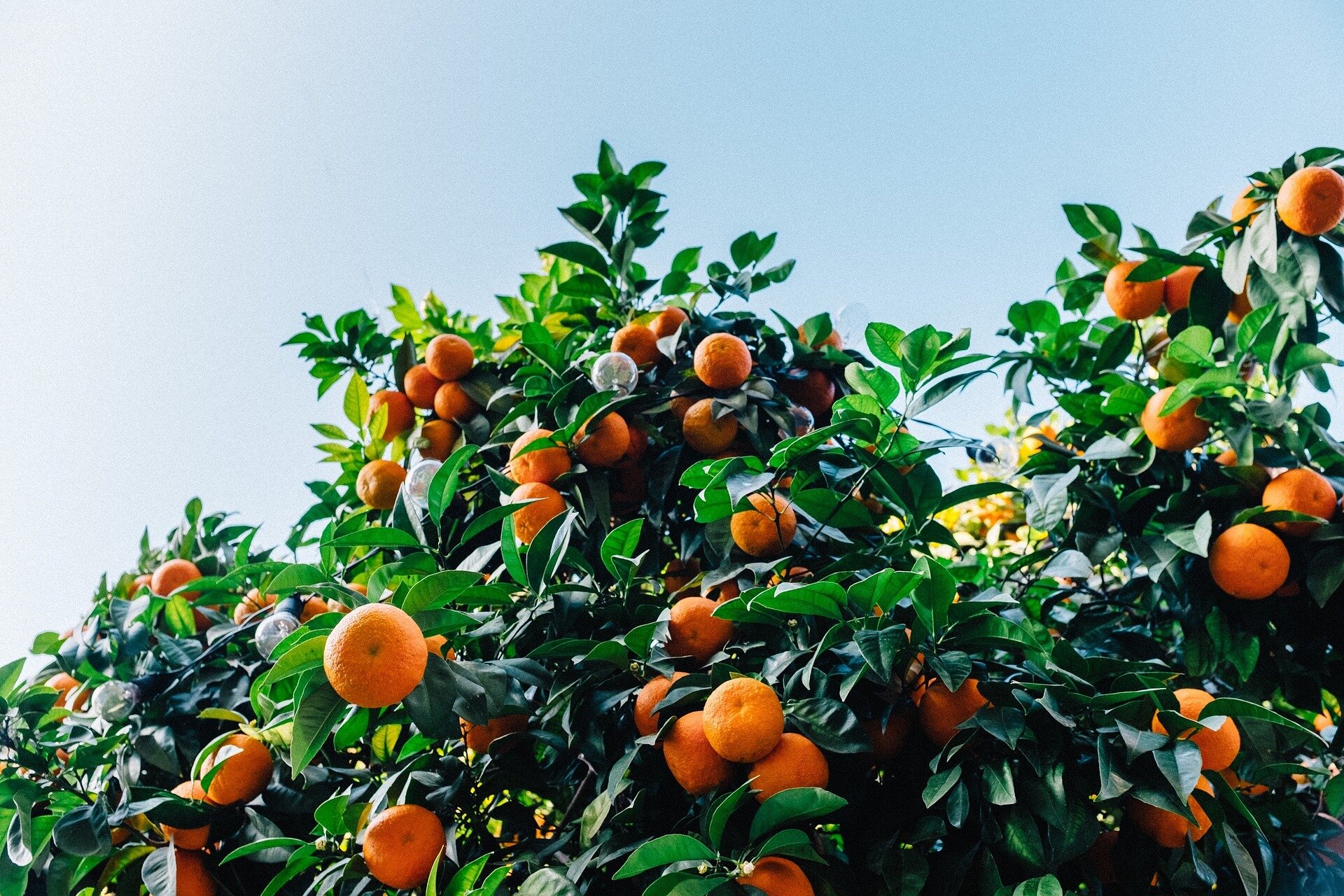The citrus industry in Florida, a historic hub for citrus (Citrus sp.) production, has been grappling with the devastating effects of Huanglongbing (HLB), also known as citrus greening disease (Candidatus Liberibacter asiaticus). In the face of this challenge, a recent study delves into the potential economic viability of incorporating cover crops in citrus groves to enhance soil health and overall tree well-being.
The paper is published in the journal HortTechnology.
Cover crops, or non-cash crops, have traditionally been used in row crop production to improve soil organic matter, for nitrogen fixing, and for weed control. Citrus growers may benefit from adopting cover crops because healthier soils could improve yields and fruit quality of citrus trees. However, growers are uncertain about the costs and benefits associated with cover crop investments.
Because the prevalent sandy soils of Florida are low in organic matter, citrus growers who adopt cover crops would benefit from beneficial soil microbial activity and diversity, which positively affect soil organic carbon and total nitrogen. However, adopting an agricultural practice such as cover crops would require initial investments and waiting periods before seeing any noticeable impact on tree health.
The study conducted a comprehensive static 1-year cost-benefit analysis to determine whether adopting cover crops is economically feasible for Florida citrus growers. Break-even prices for oranges were calculated in terms of price per box and price per pound solids.
Growers may express hesitancy to adopt cover crops because of concerns about costs of establishment and management, as well as time taken to see tangible benefits. Labor, seed, fuel, and machinery rentals are some of the cover crops inputs that could increase citrus production costs. However, decreased costs due to reductions in fertilizers or foliar supplements, which are to some extent substitutes for using cover crops, and mowing in areas where cover crops are planted, would make cover crops more profitable.
Some other barriers to adoption could be the growers’ limited experience using cover crops, their risk perceptions, the limited information available about cover crops in citrus production, and lacking ownership of specialized machinery such as a no-till drill for planting cover crop seeds. Moreover, improper management of cover crops could increase their chances of becoming weeds or increase pest population.
The primary objective of a citrus grower is to maintain sustainable yield and quality as HLB continues to adversely impact the citrus industry in Florida. Cover crops provide significant benefits to tree health through their effects on soil quality. Although the benefits of cover crop adoption on fruit yield and quality are not immediate, the benefits on soil health and quality are well-documented. Therefore, cover crops could indirectly benefit citrus trees by providing improved growing conditions. Including cover crops in citrus production could be a feasible option in the long term, even though in the short term it would increase the costs of production.
The study provided an upper ceiling of the costs of using cover crops in citrus. The researchers expect that the results will be helpful for growers who would like to benefit from this practice because citrus production has been severely affected by HLB in Florida. As part of their future research, we plan to include the exact estimates of long-term savings induced by using cover crops, the plausible yield and quality estimates from the experiments that are currently underway, and the costs and benefits of using cover crops in other tree cropping systems.
According to the author, “This manuscript is part of a body of work that is identifying the potential role of cover crops in Florida’s citrus production. It presents the only estimates of short-term costs and economic benefits of cover crops use in citrus. More work is needed to account for long-term benefits and costs and the feasibility of cover crops use in other tree crops.”
More information:
Shourish Chakravarty et al, Cost Analysis of Using Cover Crops in Citrus Production, HortTechnology (2023). DOI: 10.21273/HORTTECH05126-22
Citation:
Cost analysis of using cover crops in citrus production (2024, February 1)
retrieved 1 February 2024
from https://phys.org/news/2024-02-analysis-crops-citrus-production.html
This document is subject to copyright. Apart from any fair dealing for the purpose of private study or research, no
part may be reproduced without the written permission. The content is provided for information purposes only.


